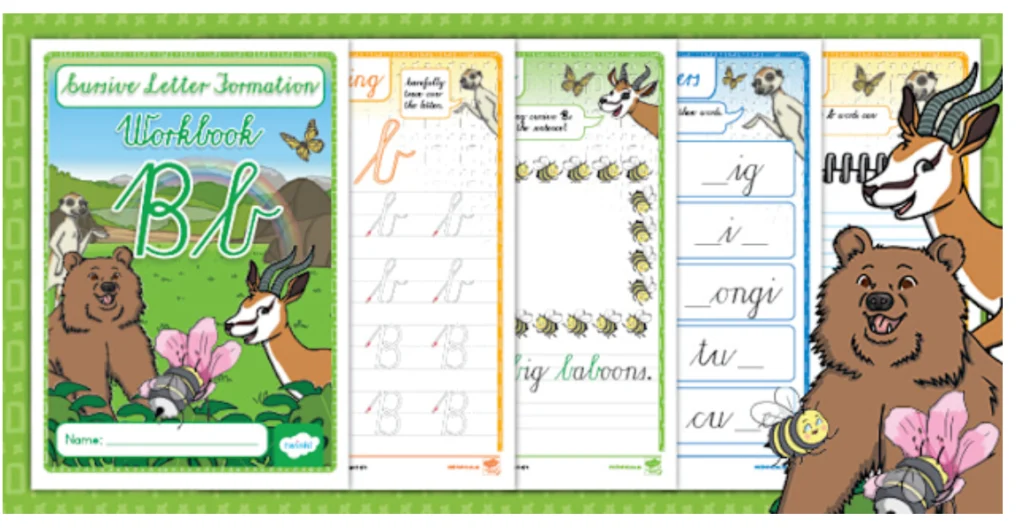Is your child struggling with messy handwriting? You’re not alone—and it’s not something to panic about. Handwriting develops at different rates for each child, and with a little support at home, most children can improve with time, patience, and the right resources.
Strong handwriting is important not only for neat schoolwork but also for helping children express their ideas clearly, build confidence, and stay focused in class. If your child finds handwriting difficult, there are simple and fun things you can do at home to help.
Why Some Children Struggle with Handwriting
There are many reasons why handwriting may be a challenge:
- Fine motor skills are still developing
- The child holds the pencil awkwardly
- They rush or feel frustrated
- They haven’t had enough guided practice
- They’re unsure of letter formation or spacing
Fortunately, all of these issues can be addressed with small daily activities and plenty of encouragement.
Simple Things You Can Do at Home
Here are some tried-and-tested ways to help your child improve their handwriting:
1. Strengthen Fine Motor Skills
Before children can write well, they need to build the muscles in their hands and fingers.
Try:
- Squeezing playdough or stress balls
- Cutting with child-safe scissors
- Stringing beads or threading activities
- Pegging clothes or playing with building blocks.

2. Practice Pencil Grip
Show your child how to hold a pencil correctly. Use triangular pencils or grips if needed. A good grip helps with control and reduces hand fatigue.
3. Set Up a Comfortable Writing Space
Ensure they have a flat surface, a comfortable chair, and good lighting. Keep distractions to a minimum.
4. Use Short, Focused Practice Sessions
Rather than long writing drills, aim for 5–10 minutes of focused practice each day. This keeps your child engaged and reduces frustration.
5. Encourage Letter Formation Practice
Start with individual letters, then move on to words and sentences. Twinkl’s handwriting resources are specially designed for South African learners, covering both Foundation Phase print and South African cursive.
These resources include:
✅ Letter formation posters and cards
✅ Tracing worksheets for letters, words, and sentences
✅ Fine motor control practice sheets
✅ Join-the-dots activities
✅ Cursive handwriting guides
✅ Seasonal and themed handwriting practice (perfect for holidays or fun weekends!)
Whether your child is just starting in Grade R or is in a higher grade needing extra support, these printable and digital resources can make practice easy and engaging.

How to Get Started
Visit www.twinkl.co.za and search for “South Africa handwriting.” You’ll find a range of free and premium resources suitable for different ages and handwriting styles. Many families start with a free trial to explore everything available.
A Little Practice Goes a Long Way
Improving handwriting takes time, but it’s a journey worth taking. With a mix of fun activities, positive feedback, and the right tools, your child can build confidence and take pride in their writing. Your encouragement makes all the difference—and with Twinkl South Africa’s support, you’re never doing it alone.




